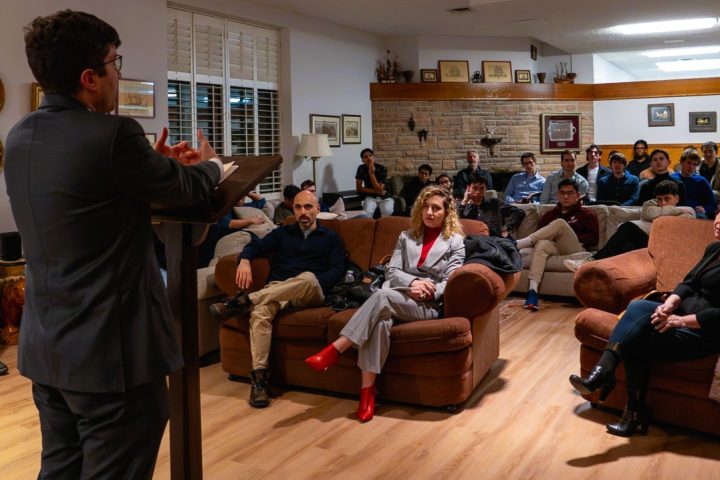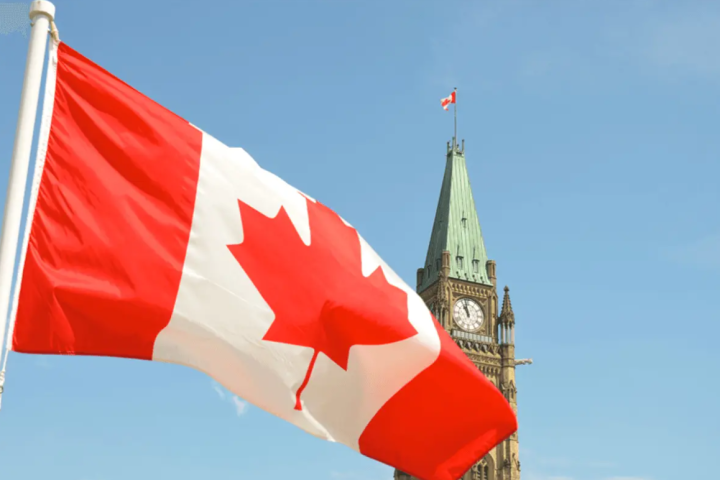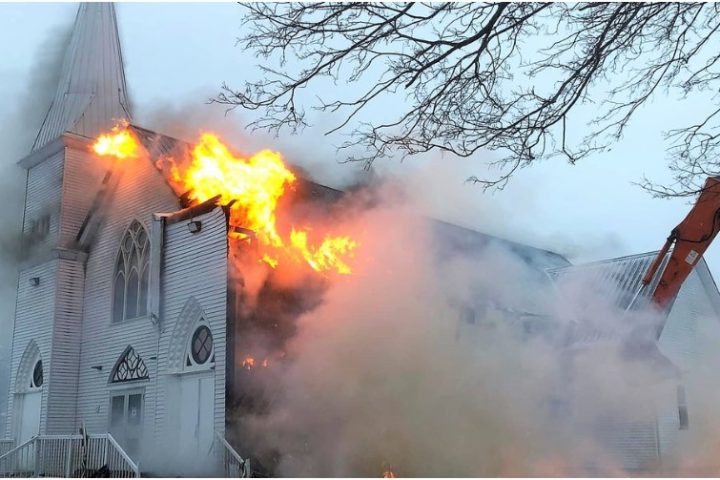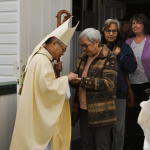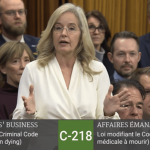By Anna Farrow
Montreal Correspondent
Though Vancouver Archbishop Michael Miller called the Easter accord between the Kamloops First Nation and two British Columbia Catholic dioceses a significant and historic “milestone,” there appear to be no plans for other Canadian bishops to immediately follow suit.
Andrew Ehrkamp, director of communications for the Archdiocese of Edmonton, noted in an email to The Catholic Register that “The Sacred Covenant was an entirely local initiative. There was no engagement of the Canadian Conference Catholic Bishops (CCCB) or any other bishop, apart from letting some of the bishops know beforehand that it was happening.”
Edmonton Archbishop Richard Smith was general coordinator for the 2022 papal visit and was one of five Canadian delegates to an October 2023 international conference on Catholic Indigenous ministry.
“Whether any other covenant is signed between a bishop and a local First Nation would be entirely at the initiative of those local parties, so we cannot speak to any ‘next steps’ flowing in any planned way from what happened at Kamloops,” said Ehrkamp.
Maribel Mayorga, CCCB director of communications, reiterated the local nature of the agreement. Mayorga said that the Covenant is “new, new, new,” and anything further from the CCCB would have to be tabled for discussion at its next plenary in September 2024.
On March 31, political, Indigenous and ecclesiastical leaders, including Miller and Kamloops Bishop Joseph Nguyen, T’Kemlúps Chief Rosanne Casimir, Williams Lake First Nation Chief Willie Sellars, Upper Nicola Band Chief Dan Manuel, Kamloops MP Frank Caputoand MLA Peter Milobar gathered at the former site of the Kamloops Residential School to witness the signing of the Sacred Covenant.
The agreement was over two years in the making. Miller and Casimir credited former Kamloops Chief Manny Jules and former Assembly of First Nations Chief Phil Fontaine with the initial idea, and with penning the first draft of the Covenant.
The full text of the Sacred Covenant between the Archdiocese of Vancouver, Diocese of Kamloops and the Tk’emlúps te Secwépemc Nation has not yet been released, but Matthew Furtado, Archdiocese of Vancouver communications director, says that the March 31 joint statement contains the broad details of the agreement.
Miller stressed that the Sacred Covenant is not a transactional document but “a relational and spiritual commitment to walk together on a path towards healing and understanding.”
Though the genesis of the project is directly linked to the 2021 announcement by Kasimir of the identification of soil disturbances by ground-penetrating radar (GPR) at the former Kamloops residential school, nothing was said of graves, merely “reports.”
Casimir, speaking at a March 28 joint press conference, said investigations are still at the “oral tellings, truth-telling” stage.
In his address at the signing ceremony, Miller referred to three important commitments made by the dioceses. To assist in honouring and memorializing former residents of the Kamloops residential school, to provide tools to make the extensive historical records easier to access and the retention of “scientific experts who have worked around the world on similar challenging situations.”
“They are ready to serve you and to assist your teams in ensuring that the best technology is available to help you get the answers you deserve.”
Casimir noted at the press conference that the relationship forged between the T’Kemlúps and the two B.C. dioceses should be a model for other dioceses throughout the country.
“My hope is that other archdioceses will undertake similar acts of contrition with many First Nations undertaking the same investigative work we are doing at the former residential schools and (investigating) missing children in their jurisdiction,” she said.


